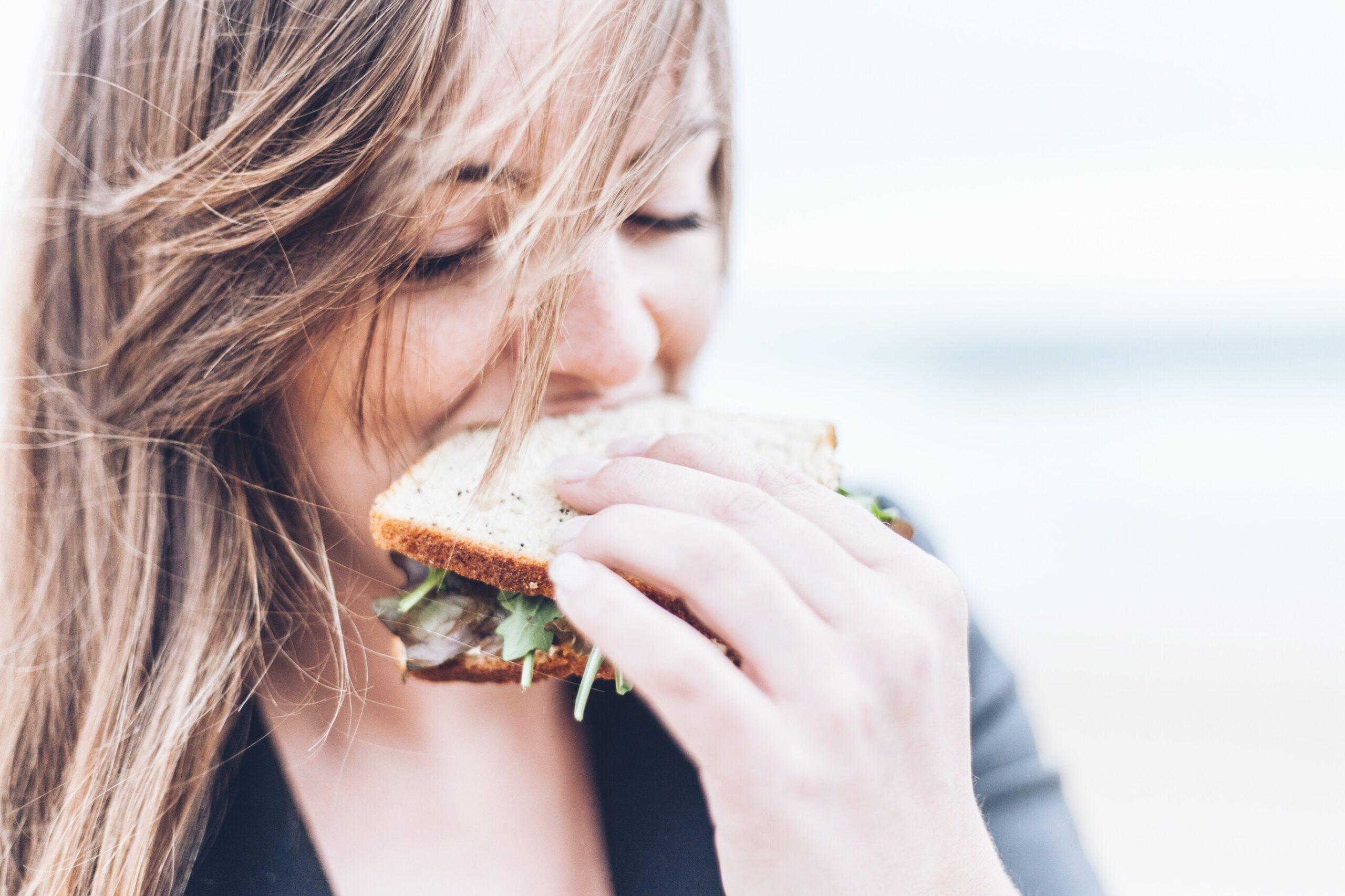When attempting a salon-quality blowout on your own, it takes practice, practice, practice. A decent blowout can tire your arms and hands, but you eventually develop the muscle memory of doing the blowout on your own. If your style is not successful on the first attempt, do not give up. Rather, heed the following the tips to ultimately achieve a professional-looking blowout.
Tools
Have at least two duckbill clips on hand. Butterfly clips work just as well, but duckbill clips provide stronger and cleaner sectioning.
Next consider the type of brushes to use. This depends on the length, natural curl pattern and density of your hair. The smaller the round brush the more curl that gets created. The larger the round brush the more smoothing and less curl that gets created. Flat paddle brushes help create volume at the roots and little-to-no bend on your ends. Ceramic-plated round brushes act as a curling iron due to the level of heat they can conduct with a blow dryer.
If you desire an end result of more volume and movement, use a ceramic vented, nylon bristle round brush. For smooth and frizz-free hair, use an all-natural, boar bristle round brush. A boar bristle round brush does not allow the air to flow out as much as a vented ceramic brush, and therefore it creates a smoother and less voluminous look. As far as paddle brushes go, use one with soft padding. Your scalp will appreciate it.
Products
Perhaps in the past you have not been keen on using hair products. However, products are essential to professional-looking results. For fine, limp hair, use a volumizing mousse or spritz to offer movement and style memory. For wavy and frizzy hair, a smoothing, heat-protecting serum is best. When working with a smoothing serum or oil, always avoid the scalp area. Concentrate the serum toward the ends of the hair and the frizziest parts of the head. Typically speaking, this is around the hairline in front of the face and at the nape of the neck. All products, including mousses and serums, should be applied when the hair is damp and before heat has been introduced.
Step-by-Step Guide
With your tools set out before you and your products applied, you are ready to begin blow-drying. Keep in mind that each individual strand of hair is constructed like the scales of a snake. It is thus important to avoid blowing air up against the hair’s cuticle. Always point the nozzle of the blow dryer down the hair shaft. In doing this, you create more shine and smoothness and less frizz.
The first part to the blowout process is to rough dry. Rough drying your hair before applying the round brush technique eliminates excess moisture and prevents your arms and hands from tiring. Depending on your hair type, use actions that encourage whatever it is you want to achieve. If you want more volume, flip your head upside down and dry. If smoothing and straightening is your goal, point the nozzle down the hair shaft and stretch dry the strands. Rough dry your hair until it is about 80-85 percent dry, unless the hairline is frizzy and unruly. If this sounds like your hairline, you might want to handle this area first while hair is still wet.
The easiest and most efficient way to work around your head with a round brush is to work in horizontal partings from the nape of the neck until you reach the top of the head. When working to smooth curly or frizzy hair, smooth out the hair around the hairline. Smoothing wet hair is easier to tackle than dry, frizzy hair. The size of the round brush determines the size of subsections with which to work. Never work with sections larger than the barrel of the brush. This way you can create concise, rectangular sections. The cleaner the sectioning, the less likely you are to get your brush stuck in your hair.
When striving to get more volume in the roots, over direct the placement of the round brush so that it sits above the subsection you’re working on and pull up as you dry. This ensures proper placement of volume. When you want to get less volume, pull the hair in a downward motion with the brush to guarantee a smoother blowout.


